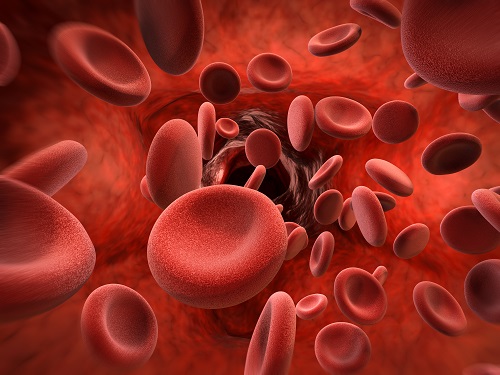
San Diego HTC Looks at Cardiovascular Disease in Young People with Hemophilia
This study, “Risk Factors for Cardiovascular Disease in Children and Young Adults with Hemophilia,” was published in the June 2018 issue of Haemophilia.
As individuals with hemophilia live longer and reach life expectancy rates comparable to the general population, their healthcare providers will continue to encounter clinical challenges inherent in treating and managing aging patients, including cardiovascular disease (CVD). There are several established risk factors associated with CVD such as hypertension, overweight, obesity and an abnormal lipid profile. With this knowledge in hand and with an eye towards prevention, investigators at the Rady Children’s Hospital San Diego (RCHSD) Hemophilia and Thrombosis Treatment Center (HTC) decided to look at CVD risk factors in some of their younger hemophilia patients.
The lead author of the study was RCHSD medical director Courtney Thornburg, MD, MS. She and her research team approached patients during their comprehensive care visits, ultimately recruiting 43 males with hemophilia A or B between the ages of 5 and 20 (average age 12). Patient data and additional information was culled from a combination of electronic health records for clinical data, standardized measurements of weight, height, waist circumference and blood pressure and screenings of glucose and lipids. Patients and/or their caregivers also completed questionnaires relevant to medical history, lifestyle and family history (FH).
The results showed high rates of overweight and obesity among the participants. Investigators also observed other CVD risk factors, including (pre)hypertension in 28% and “borderline” high lipids in 19% of the subjects. Higher levels of physical activity correlated with normal weight levels, while higher weights were linked to greater factor consumption. Seven participants (16%) reported a FH of CVD. These and additional findings prompted the authors to hypothesize that cardiovascular risk factors could be identified and measured as part of a comprehensive clinic visit and that best practices to mitigate those risks could be integrated by the entire HTC team.
“HTCs may utilize internal resources, including dieticians, physical therapy (PT) and child life specialists to recommend therapeutic lifestyle changes for a healthy diet plus avoidance of tobacco and alcohol use. In addition, if children are identified with overweight or obesity at a comprehensive clinic visit they may be referred to the primary care physician for follow-up and/or to obesity and behavioral health programs as appropriate. PTs may perform targeted joint and muscle examinations and provide patient-specific recommendations to increase conditioning and sports participation.”
The authors cited study limitations. The data was based on one HTC visit instead of over time, which is important for longer term monitoring of factors such as body mass index (BMI), blood pressure, lipid profiles. While physical activity, smoking and nutrition data were collected only by self-reporting without validated questionnaires, future studies could be augmented using food logs to measure caloric intake and accelerometers to measure physical activity. Lastly, future studies would also benefit from the inclusion of a healthy control group. The authors note that by addressing certain limitations, future studies could be more effective in CVD risk reduction, especially in concert with the primary care physician (PCP).
“Ultimately, resources will be required to monitor the impact of interventions on BMI, cholesterol, hypertension and physical activity. Further study is warranted to determine if HTCs can partner with PCPs and appropriate specialists to promote cardiovascular health and risk reduction. Interventions should include shared decision-making strategies to set realistic goals and methods of self-monitoring,” concluded the authors.
